Towards training robust computer vision models for inference on neuromrophic hardware

Gregor Lenz
TU Delft, 10.3.2023

- BSc/MSc (2014) in biomedical engineering at UAS Technikum Vienna, Austria
- PhD (2021) in neuromorphic engineering at Sorbonne University Paris, France
- Worked for Prophesee, on Intel's Loihi
- Now machine learning engineer at SynSense


About me
Neuromorphic computing
- Takes inspiration from biological systems to process information much more efficiently
- Has bottom-up approach to imitation
- Hardware a key factor



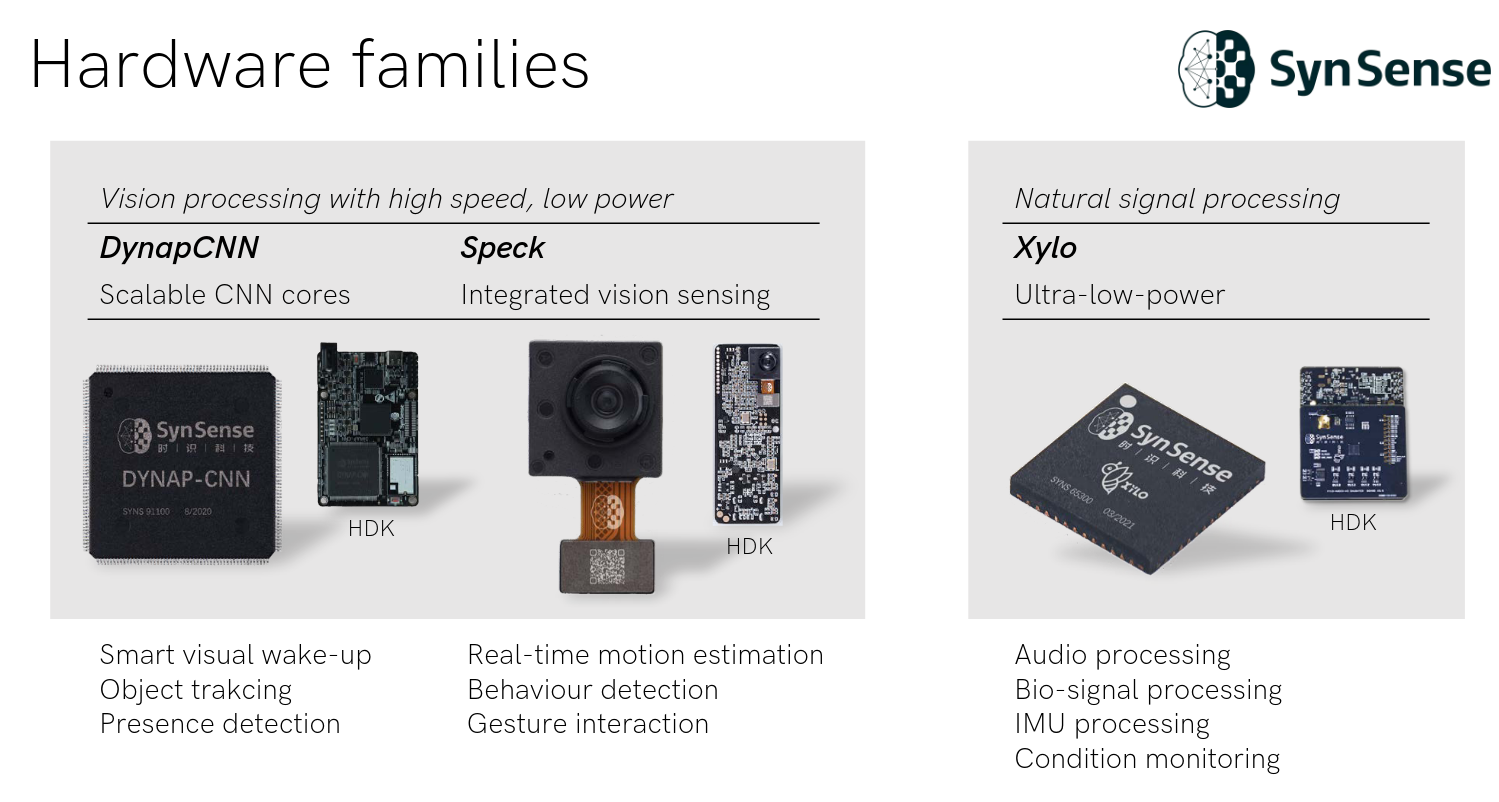
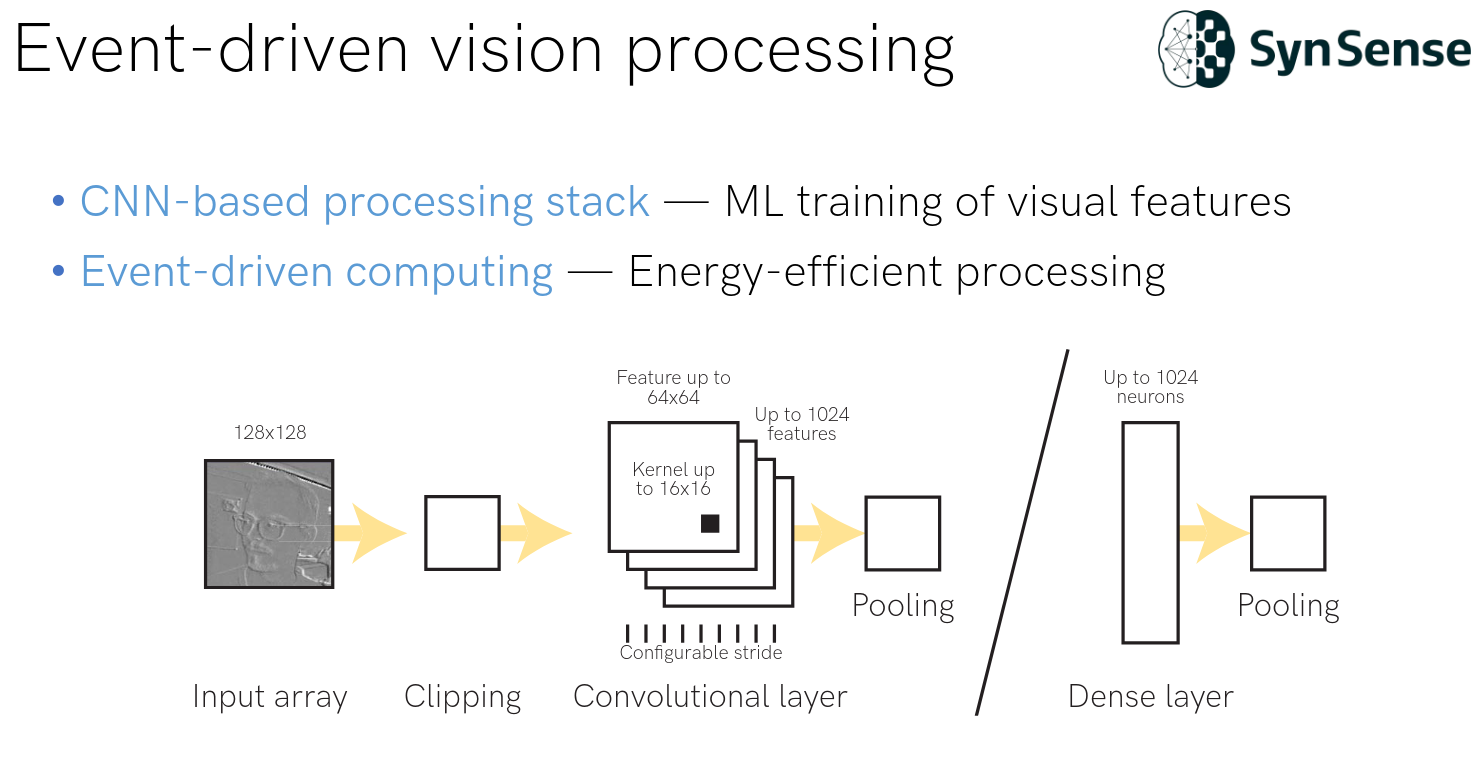
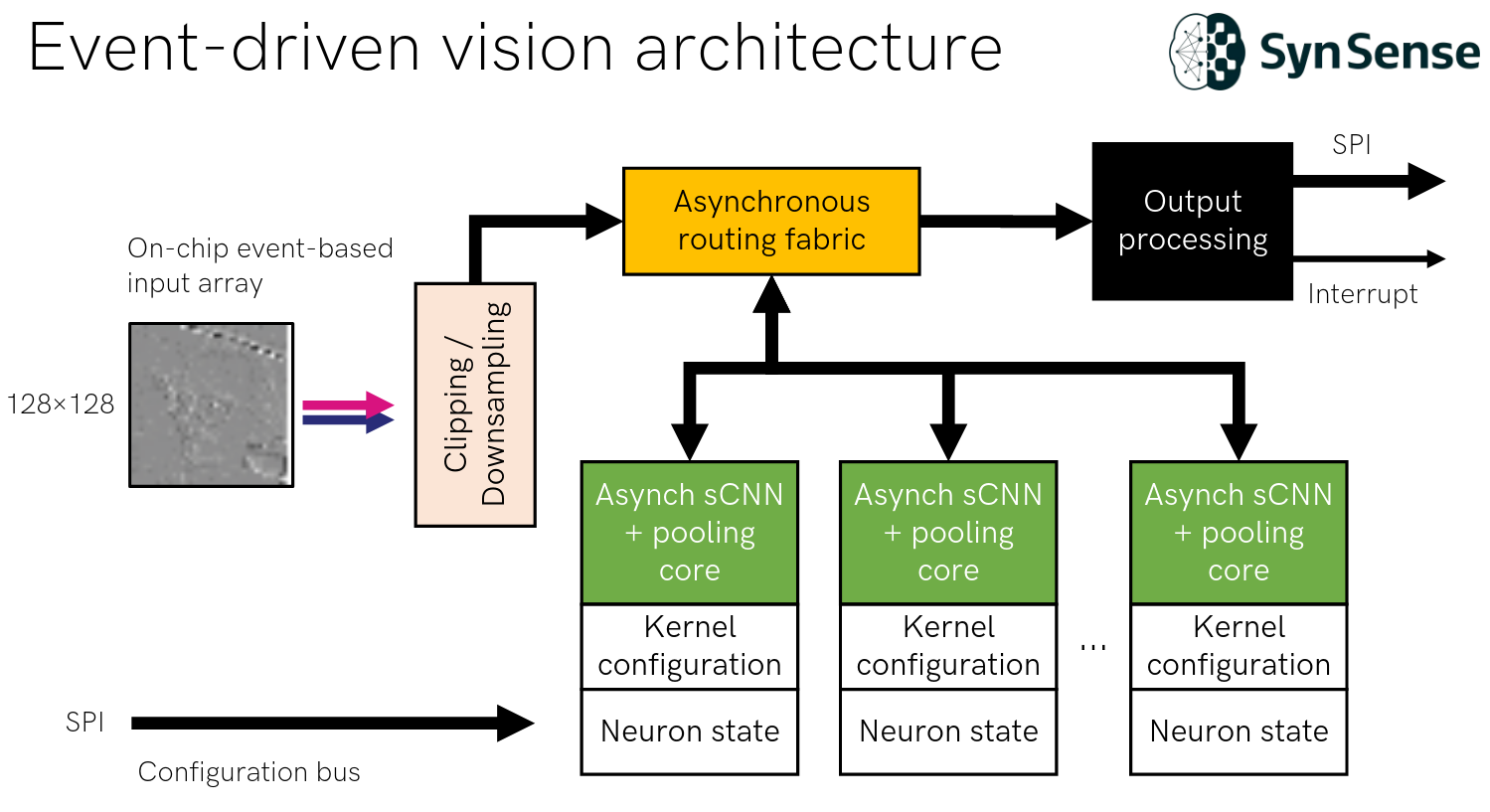
Event-based datasets
- Neuromorphic cameras not easy to come by currently
- Rely on curated datasets to start exploring new data type


- Data rate from event-based cameras can easily reach 100 MB/s
- Prophesee's automotive object detection dataset is 3.5 TB in size for <40h recording
Efficient compression for event data
https://open-neuromorphic.org

Efficient compression for event data


Efficient compression for event data



https://github.com/open-neuromorphic
Where are we so far?


- Publicly available dataset
- Reading from an efficient format that saves disk space
- Apply transformations that are suitable for PyTorch
import tonic
transform = tonic.transforms.ToFrame(sensor_size=(128, 128, 2), time_window=3000)
dataset = tonic.datasets.DVSGesture(save_to="data", transform=transform)
from torch.utils.data import DataLoader
testloader = DataLoader(
dataset,
batch_size=8,
collate_fn=tonic.collation.PadTensors(batch_first=True),
)
frames, targets = next(iter(testloader))Training models on event data


- Could bin events to frames and train CNN / visual transformer on it --> high latency, no memory
- Want to make use of spatial and temporal sparsity --> spiking neural networks
- Anti-features at SynSense: intricate neuron models, biologically-plausible learning rules
- Focus on training speed and robustness
Leaky integrate and fire neurons


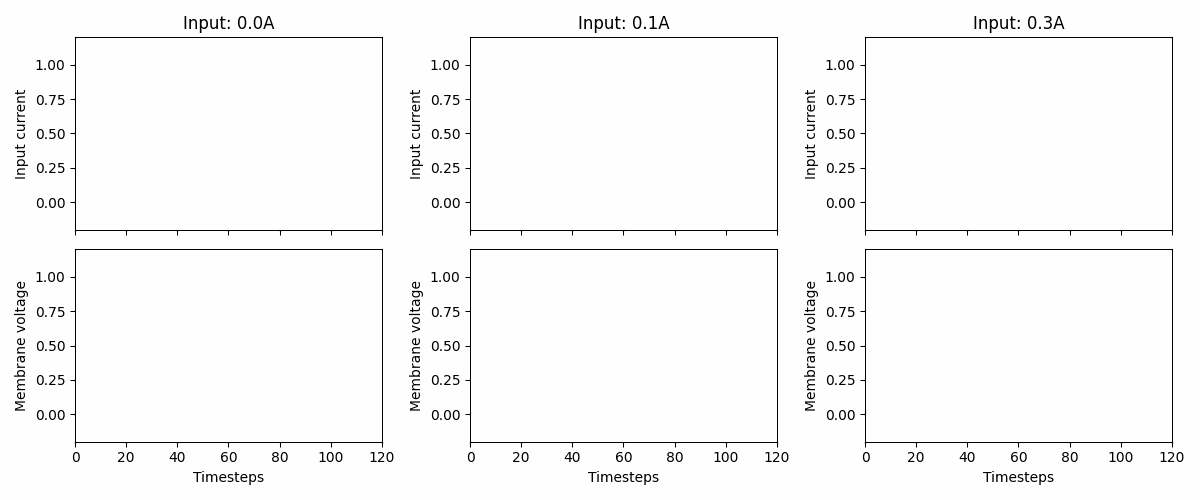
animation from https://norse.github.io/norse/pages/working.html
Training SNNs
- Focus on gradient-based optimization
good results
complexity of BPTT scales badly
- Simple architectures: feed-forward, integrate and fire neurons
power-efficient execution on hardware
infinite memory not ideal
- Needs to match hardware constraints
event-based vs clocked processing


Event-based vs clocked computation


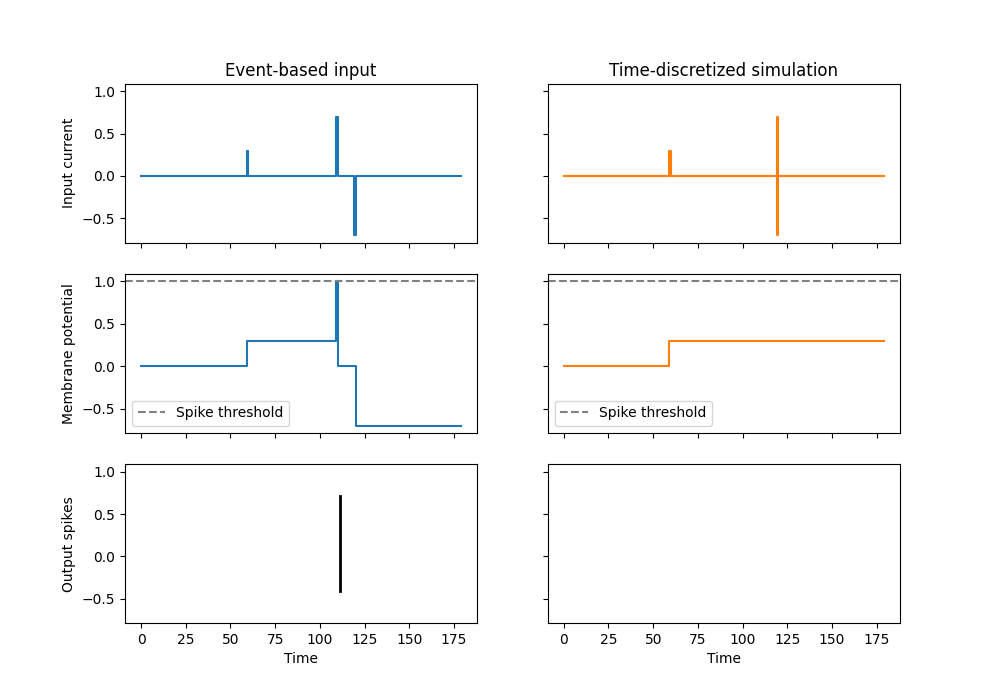

Dealing with event-based data on a time-discretized system
- Fine-grained discretization
- Reducing weight/threshold ratios
- Spread out spiking activity
- Penalize high amount of spikes in the same receptive field


Noisy event camera output
- 50/60/100 Hz flicker generated from artificial light sources
- Hot pixels: pixels that fire with >50Hz even though no change in illumination
- Mitigation: augmentation with noise recordings, low-pass filters


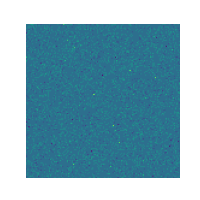
Monitoring
- Firing rates, synaptic operations, temporal density.
Ideally per neuron!
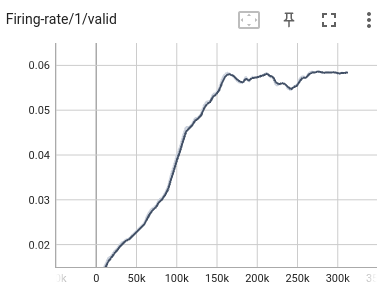
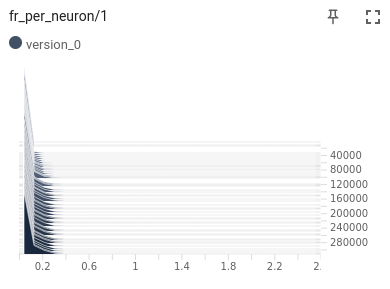


Monitoring
- Weight distributions to account for quantization


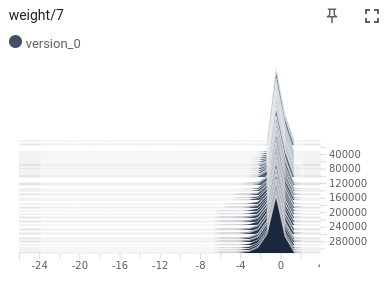
EXODUS: Stable and Efficient Training of Spiking Neural Networks
Bauer, Lenz, Haghighatshoar, Sheik, 2022

Speed up SNN training
https://lenzgregor.com/posts/train-snns-fast/
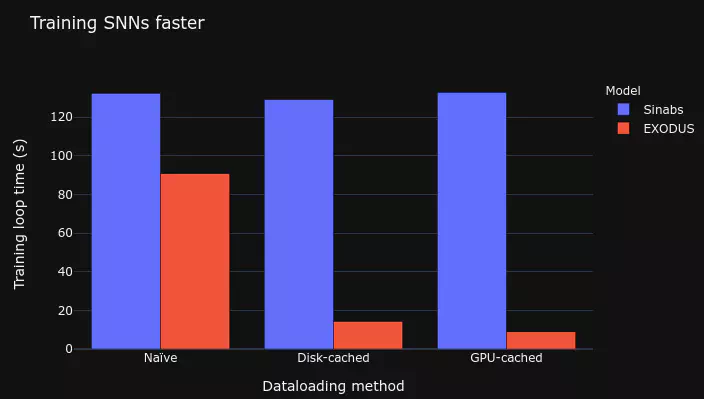
Speed up SNN training
Practical steps to SNN training
- Time investment in setting up the right tools pays off
- Understand your data
- Start with simple model, increase complexity gradually
- SNN models typically have very high variance
- Monitor intermediate layers automatically, also on-chip!
- Identify training bottlenecks (data, backprop, logging?) to iterate faster


Model definition and deployment to Speck
import torch.nn as nn
import sinabs.layers as sl
model = nn.Sequential(
nn.Conv2d(2, 8, 3),
sl.IAF(),
nn.AvgPool2d(2),
nn.Conv2d(8, 16, 3),
sl.IAF(),
nn.AvgPool2d(2),
nn.Flatten(),
nn.Linear(128, 10),
sl.IAF(),
)
# training...
from sinabs.backend.dynapcnn import DynapcnnNetwork
dynapcnn_net = DynapcnnNetwork(
snn=model,
input_shape=(2, 30, 30)
)
dynapcnn_net.to("speck2b")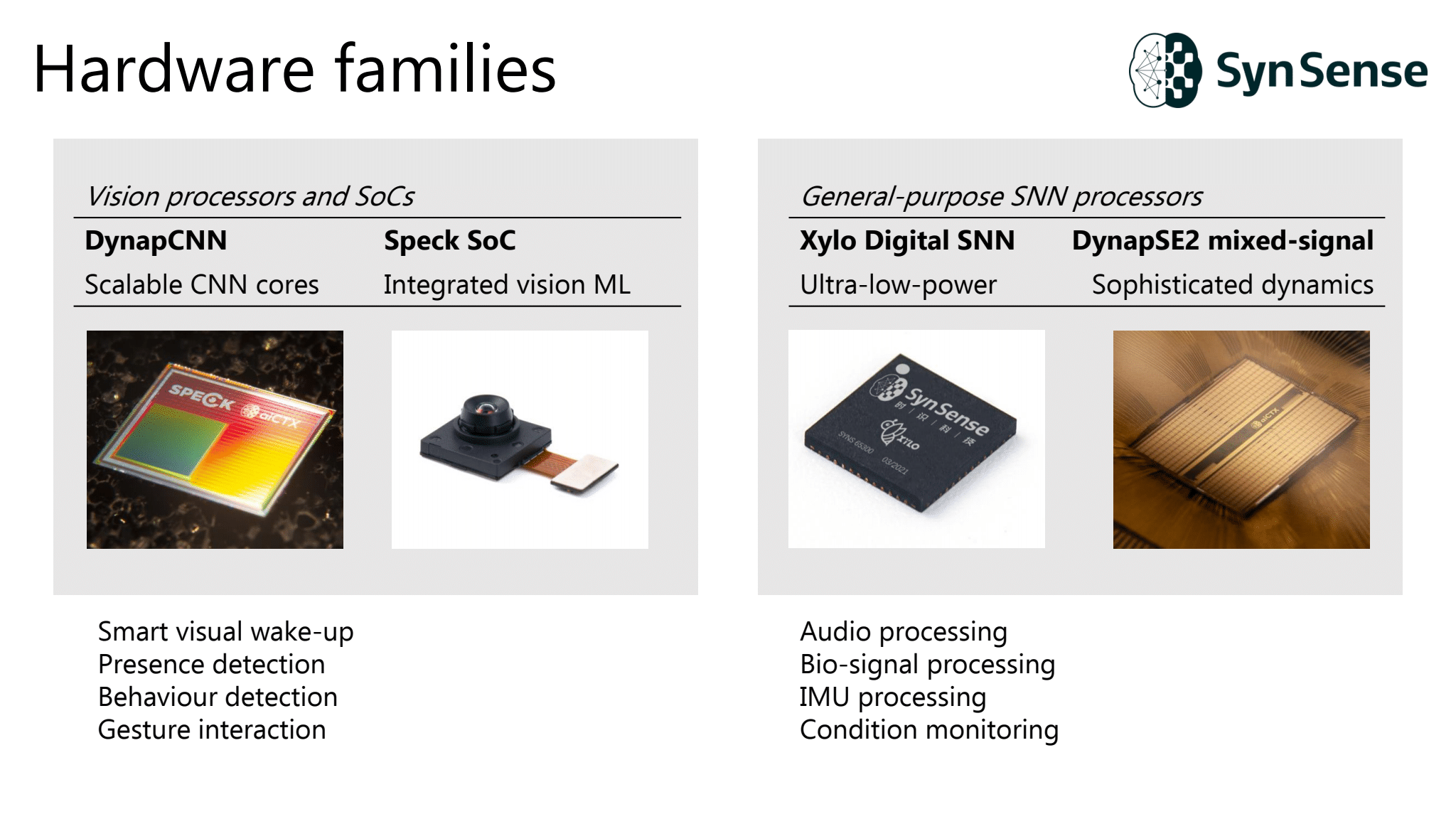
Demo videos
Conclusion
- Events are a new data format different from images, audio, text
- Real-life challenges include noisy data, resource constraints, async computing paradigm
- We need the full pipeline: sensor, algorithm, hardware
https://lenzgregor.com
Gregor Lenz
Next talks
- April 4th (online): ONM Hands-on session with Sinabs and Speck
- Telluride 2023 (in person): Open-Source Neuromorphic Hardware, Software and Wetware